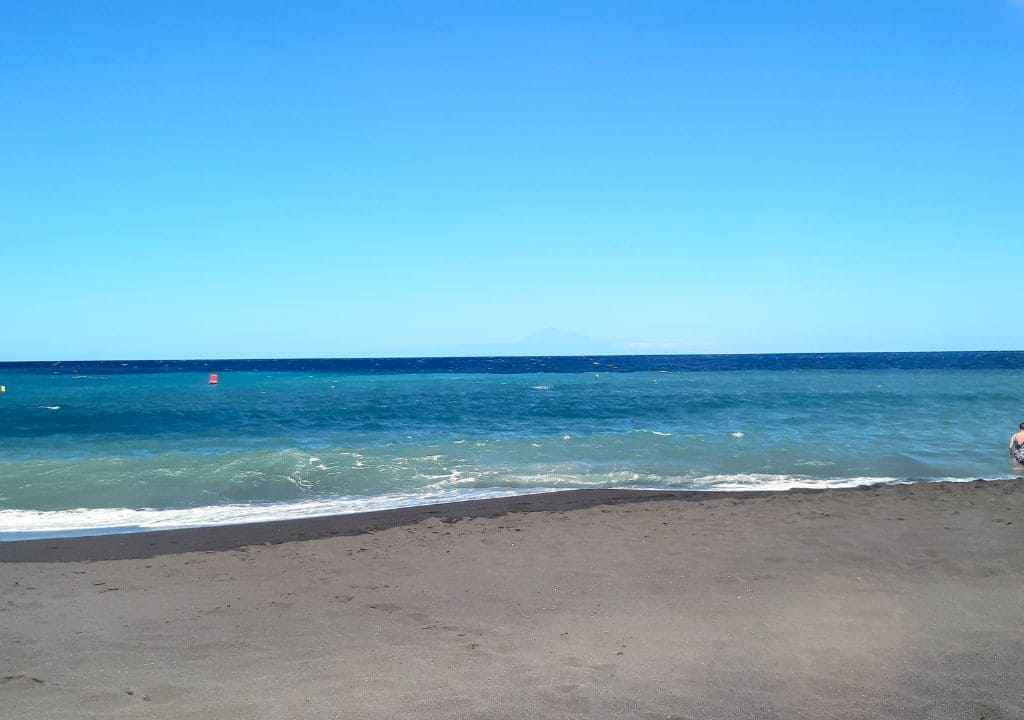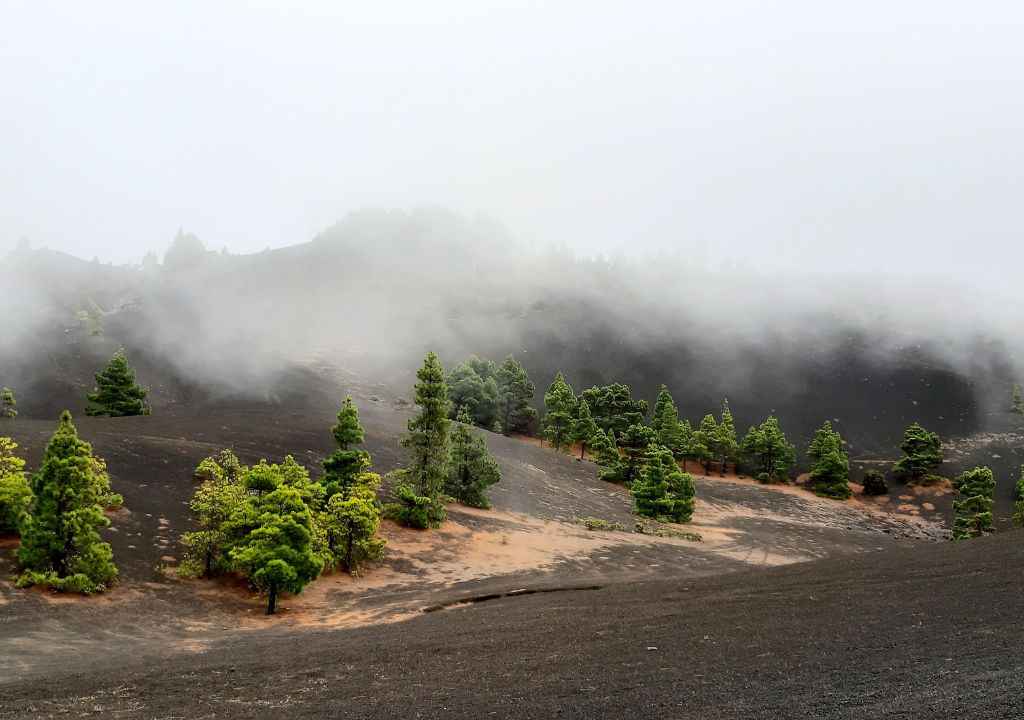
The Weather in La Palma
Direct link to APALMET
The weather in La Palma is a key factor drawing visitors from around the globe to this enchanting Canary Island. Famous for its diverse microclimates, La Palma is like a miniature continent in itself, boasting a wide range of weather conditions. The island enjoys a subtropical climate with pleasant temperatures year-round.

Temperature On La Palma Island – Averages on the Coast
SUMMER: max. 25° – 28°C min. 21° – 23°C
WINTER: max. 21 – 22°C min. 15° – 17°C
Typically, the south and west of La Palma enjoy a warmer and drier climate compared to the eastern coast, where rainfall is more common. The region spanning from Fuencaliente to Tijarafe exhibits a hotter and more arid climate. Notably, Los Llanos de Aridane and Tazacorte experience higher temperatures, although they tend to be windier.
On the northeast slope, from Mazo to Barlovento, the climate is milder and cooler, with especially pleasant areas like Cancajos and Santa Cruz de La Palma, which are more shielded from the wind.
As you explore La Palma, keep in mind that the weather and temperatures vary at different altitudes, becoming cooler as you ascend. It’s even possible to encounter snow at elevations above 2000 meters during winter. The temperature decreases by one degree for every 100 meters of elevation above sea level. For instance, in Puerto Naos at sea level, the temperature is around 20 degrees, while in the El Paso area, over 600 meters up, it drops to roughly 14 degrees.
La Palma Weather: Seasonal Rainfall and Precipitations Nourishing an Island of Lush Vegetation and Natural Beauty
Regarding precipitation, La Palma receives a substantial amount of rainfall in winter compared to other islands, especially between November and March, with February being the wettest month. The summer months are typically drier. However, the mountains can produce intense, localized rain throughout the year, contributing to its lush greenery.
Don’t let the rain deter your adventures: just switch to the other side of the island to find sunshine. If one side is cloudy, the other is likely sunny. Moreover, above the cloud sea, around 1200 meters, you can experience splendid weather unless there’s a storm.
La Palma is renowned for its lush flora, nourished by intense, localized rain throughout the year, especially in winter. The trade winds, which blow in the Canaries and La Palma, particularly during the summer, keep the climate cool and pleasant.

Best Time to Travel to La Palma
The enchanting island of La Palma in the Canary Islands boasts pleasant weather throughout the year, with average temperatures ranging from 17 to 26°C. However, there are months when the likelihood of rain is somewhat higher.
So, what is the best time of year to visit La Palma?
The best time to visit La Palma is from April to October. During these months, there’s less rainfall and you’ll have more daylight hours to enjoy the hiking trails. Additionally, the weather on La Palma island is sunnier, perfect for diving into its beaches and natural swimming pools. Summer offers a warmer climate and sunny days as major draws. On the other hand, winter is considered the “rainy season”, with an average of 7-8 rainy days per month, decreasing to 0-3 days in other seasons.

Best beaches of La Palma
Discover the coastal treasures of La Palma: Beaches with black volcanic sand and crystal-clear water await you in this island paradise. Explore and relax in the Atlantic Eden!


